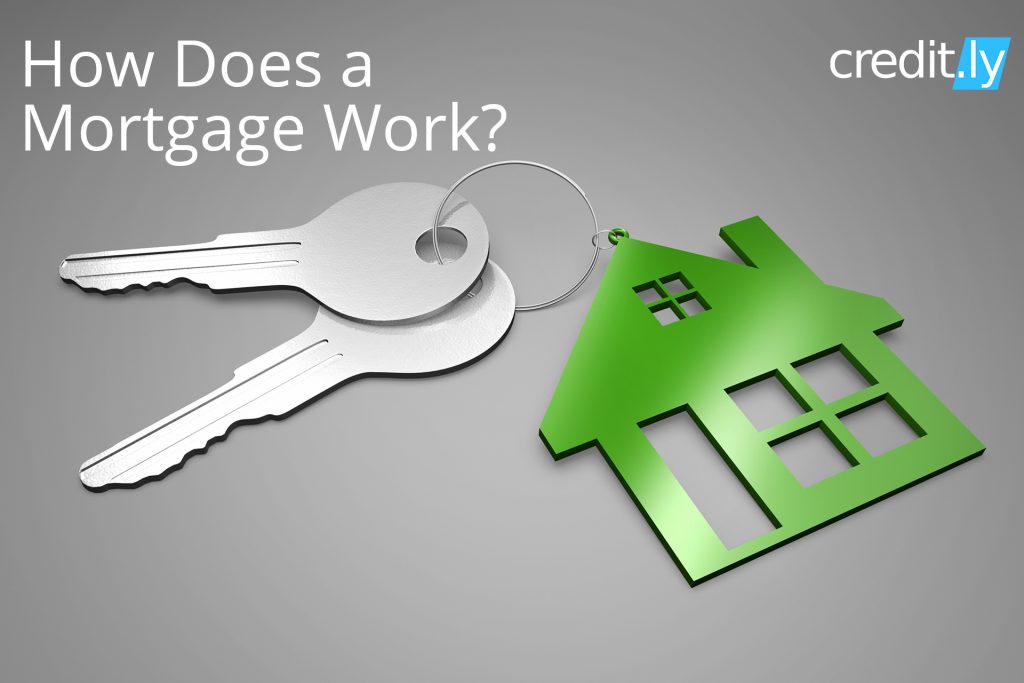[et_pb_section fb_built=”1″ _builder_version=”3.22.3″][et_pb_row _builder_version=”3.25″ background_size=”initial” background_position=”top_left” background_repeat=”repeat”][et_pb_column type=”4_4″ _builder_version=”3.0.47″ custom_padding=”|||” custom_padding__hover=”|||”][et_pb_post_title _builder_version=”3.26.6″ title_font=”|700|||||||” link_option_url_new_window=”on” z_index_tablet=”500″ title_text_shadow_horizontal_length_tablet=”0px” title_text_shadow_vertical_length_tablet=”0px” title_text_shadow_blur_strength_tablet=”1px” meta_text_shadow_horizontal_length_tablet=”0px” meta_text_shadow_vertical_length_tablet=”0px” meta_text_shadow_blur_strength_tablet=”1px” box_shadow_horizontal_tablet=”0px” box_shadow_vertical_tablet=”0px” box_shadow_blur_tablet=”40px” box_shadow_spread_tablet=”0px” text_shadow_horizontal_length_tablet=”0px” text_shadow_vertical_length_tablet=”0px” text_shadow_blur_strength_tablet=”1px”][/et_pb_post_title][et_pb_text _builder_version=”3.29.3″ z_index_tablet=”500″ text_text_shadow_horizontal_length_tablet=”0px” text_text_shadow_vertical_length_tablet=”0px” text_text_shadow_blur_strength_tablet=”1px” link_text_shadow_horizontal_length_tablet=”0px” link_text_shadow_vertical_length_tablet=”0px” link_text_shadow_blur_strength_tablet=”1px” ul_text_shadow_horizontal_length_tablet=”0px” ul_text_shadow_vertical_length_tablet=”0px” ul_text_shadow_blur_strength_tablet=”1px” ol_text_shadow_horizontal_length_tablet=”0px” ol_text_shadow_vertical_length_tablet=”0px” ol_text_shadow_blur_strength_tablet=”1px” quote_text_shadow_horizontal_length_tablet=”0px” quote_text_shadow_vertical_length_tablet=”0px” quote_text_shadow_blur_strength_tablet=”1px” header_text_shadow_horizontal_length_tablet=”0px” header_text_shadow_vertical_length_tablet=”0px” header_text_shadow_blur_strength_tablet=”1px” header_2_text_shadow_horizontal_length_tablet=”0px” header_2_text_shadow_vertical_length_tablet=”0px” header_2_text_shadow_blur_strength_tablet=”1px” header_3_text_shadow_horizontal_length_tablet=”0px” header_3_text_shadow_vertical_length_tablet=”0px” header_3_text_shadow_blur_strength_tablet=”1px” header_4_text_shadow_horizontal_length_tablet=”0px” header_4_text_shadow_vertical_length_tablet=”0px” header_4_text_shadow_blur_strength_tablet=”1px” header_5_text_shadow_horizontal_length_tablet=”0px” header_5_text_shadow_vertical_length_tablet=”0px” header_5_text_shadow_blur_strength_tablet=”1px” header_6_text_shadow_horizontal_length_tablet=”0px” header_6_text_shadow_vertical_length_tablet=”0px” header_6_text_shadow_blur_strength_tablet=”1px” box_shadow_horizontal_tablet=”0px” box_shadow_vertical_tablet=”0px” box_shadow_blur_tablet=”40px” box_shadow_spread_tablet=”0px”]
How does a mortgage work? Thirty-year fixed-rate mortgages recently fell from 4.51% to 4.45%, making it a perfect time to buy a home. First, though, you want to understand what a mortgage is, what role rates play and what’s required to qualify for a mortgage loan.
What Is a Mortgage?
A mortgage is essentially a loan for purchasing property—typically a house—and the legal agreement behind that loan. That agreement is between the lender and the borrower. The lender agrees to loan the borrower the money over time in exchange for ownership of the property and interest payments on top of the original loan amount. If the borrower defaults on the loan—fails to make payments—the lender sell the property to someone else. When the loan is paid off, actual ownership of the property transfers to the borrower.
What Is a 30-Year Fixed-Rate Mortgage?
A 30-year fixed-rate mortgage is also called a conventional rate mortgage. The rate that you see when mortgage rates are advertised is typically a 30-year fixed rate. The loan lasts for 30 years and the interest rate is the same—or fixed—for the life of the loan. The longer time-frame also results in a lower monthly payment compared to mortgages with 10- or 15-year terms.
In 2018, 74% of all mortgage loans were conventional loans.1
What Is an Adjustable-Rate Mortgage (ARM)?
With an adjustable-rate mortgage or ARM, the interest rate—and therefore the amount of the monthly payment—can change. These loans start with a fixed rate for a pre-specified time-frame of 1, 3, 5, 7 or 10 years typically. After that time, the interest rate can change each year. What the rate changes to depend on the market rates and what is outlined in the mortgage agreement.
The original interest rate on an ARM can be lower than for a fixed-rate mortgage. But after the original fixed timeframe, the interest rate may be higher. There is usually a maximum interest rate that the loan can hit.
How Does Interest Work on a Home Loan?
There are two aspects to interest charged on a home loan—there’s the simple interest and there is the annual percentage rate. Simple interest is the interest you pay on the loan amount. But what you really pay is the annual percentage rate, known as APR.
The annual percentage rate.
APR is that simple interest rate plus additional fees and costs that come with buying the loan and purchase. It’s sometimes called the percentage rate.
When you see mortgage rates advertised, you’ll typically see both the interest rate—sometimes labeled as the “rate,” which is the simple interest rate, and the APR. The APR is really what you’ll pay on top of the principal. The principal is the amount of money you borrow.
Simple interest loans.
Most home loans are simple interest loans—the interest payment doesn’t compound over time. In other words, unpaid interest isn’t added to the remaining principal the next month to result in more interest paid overall. Instead, the interest you pay is set at the outset of the loan.
Also for most home loans, your monthly payment is first applied to the interest on the loan with the remainder going to the principal. The balance paid to each shifts over the life of the loan with the bulk of the payment applying to interest early on and then principal later on. This is known as amortization.
19 Confusing Mortgage Terms Deciphered offers this example of amortization:
For a sample loan with a starting balance of $20,000 at 4% interest, the monthly payment is $368.33. The principal accounts for $301.66 of that, the interest accounts for $66.67 and the balance after your first payment totals $19,698.34. For your thirteenth payment, $313.95 goes to the principal and $54.38 goes to interest.
There are interest-only mortgage loans however, where you pay all of the interest before ever paying any of the principal.
What Affects the Interest Rate on Home Loans?
Interest rates—and therefore the APR—can be different for the same loan for the same piece of property. The following factors affect the interest rate you pay:
- Your credit score—the higher your score, the lower your interest rate may be
- Length of the loan or loan term—usually 10, 15 or 30 years
- The amount of money you borrow—if you can make a larger down payment, your interest rate may be less
- Number of mortgage points you purchase, if any
- The state where your property is located
- Whether the interest rate is fixed or variable
- The type of loan you choose—FHA, conventional, USDA or VA for example
It’s a good idea to check your credit score before trying to prequalify for a mortgage. You can get your free credit score at Credit.ly. You also get a free credit report card that shows you how your payment history, debt, and other factors affect your score along with recommendations to improve your score.
You can see how different interest rates affect the amount of your monthly payment the Credit.ly
mortgage calculator.
What Affects the APR on Home Loans?
APR is your interest rate plus fees and other costs, including:
- The cost of discount points
- Mortgage broker fees
- Mortgage origination fees
- Any and all other costs beyond the cost of the home that are associated with financing your loan
Other Items that Impact your Mortgage Payment
Many things make up your monthly mortgage payment. In addition to the interest the principal and anything covered by your APR, you may also pay taxes, homeowner’s insurance and mortgage insurance as part of your monthly payment. These charges are separate from fees and costs covered in the APR.
Taxes. You can usually choose to pay property taxes as part of your mortgage payment or separately on your own. If you pay property taxes as part of your mortgage payment, the money is placed into an escrow account and remains there until the tax bill for the property comes due. The lender will pay the property tax at that time out of the escrow fund.
Homeowner’s Insurance. Homeowner’s insurance is insurance that covers damage to your home from fire, accidents and other issues. Some lenders require this insurance be included in your monthly mortgage payment. Others will let you pay it separately. All will require you have homeowner’s insurance while you’re paying your mortgage—that’s because the lender actually owns your home and stands to lose a lot of it you don’t have insurance and have an issue.
Like property taxes, if you pay homeowner’s insurance as part of your monthly mortgage payment, the insurance premium goes go into escrow account used by the lender to pay the insurance when due.
Mortgage Insurance. Some types of mortgages require you pay private mortgage insurance (PMI) if you don’t make a 20% down payment on your loan and until your loan-to-value ratio is 78%. PMI backs the mortgage loan to protect the lender from the risk of the borrower defaulting on the loan.
Ready for a Mortgage?
Learn how to navigate the mortgage process and compare mortgage loans on the Credit.ly Mortgage Loans page.
[/et_pb_text][/et_pb_column][/et_pb_row][/et_pb_section]









